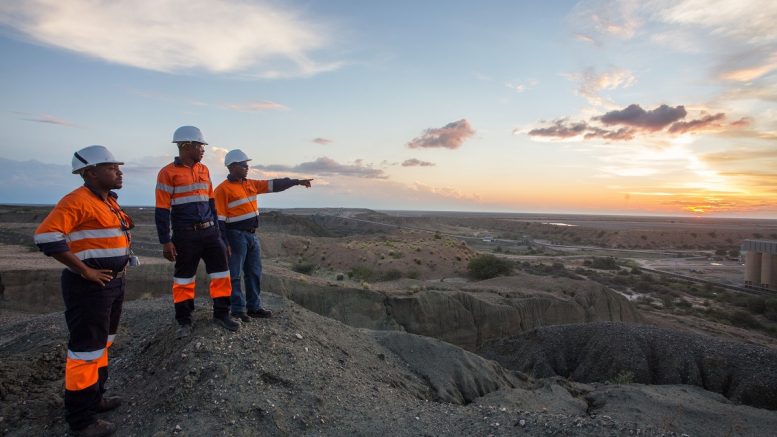A strong recovery followed an industry-wide diamond inventory buildup in 2014-2015 and another slide after India’s demonetization in late 2016. However, lately, the diamond industry’s momentum has begun to stall. While industry fundamentals are not necessarily negative, signals are mixed with a subdued tone.
In the diamond industry’s largest market, the U.S., retail diamond jewelry demand is somewhat underwhelming. Large national retailers have underperformed so far this year despite a resilient economy and a stock market that seems to make new highs daily. In China, the industry’s fastest growing large market, demand is improving but the market is not thriving.
Rough prices are higher this year, but polished is flat, if not down in some categories, and there are indications that excess polished inventory is building.
De Beers appears to be attempting to curtail excess supply to the market by maintaining relatively high rough prices while reducing allocations to clients. At the same time, Russian major Alrosa (RTS: ALRS) is increasing production and supply to clients (despite an accident and subsequent production halt at one of its mines) due to “strong demand.”
Through August, De Beers has made $4 billion in diamond sales, a 4.4% decrease year-over-year, but 42.2% more than 2015. Alrosa has made $3 billion in sales, which is down 0.5% from last year but up 14.8% compared to 2015. De Beers and Alrosa currently represent an estimated 39% and 28% of global diamond production by value and 22% and 26% by volume, respectively.
For the producers, the first half of this year was marked by a notable return in demand for lower-quality rough that was severely impacted after the Indian government demonetized its highest denomination bank notes last November.
Consequently, miners have been unloading excess inventory consisting of primarily lower-quality goods and have thus seen average price per carat figures skewed lower despite raising prices on a like-for-like basis this year. For example, De Beers has seen over a 20% decrease in average price per carat sold in the first half of 2017 over the second half of 2016, but has alluded to a 2-4% increase in their “average price index” over the same period of time. The Zimnisky Global Rough Diamond Price Index, which aims to consolidate global rough diamond price data, is up 3.6% through mid-September.
Perhaps the most significant development in the supply side of the industry is the progression of the Luaxe project in Angola. Earlier this year, a concession agreement was reached making Angola’s government-run mining entity, Endiama, and Alrosa the primary owners. According to Alrosa, the Luele kimberlite pipe on the Luaxe concession is the largest discovered in the past 60 years, with an assessed value of “over $35 billion.”
The Luele pipe is only 20 km away from the world-class Catoca mine, which is also owned by Endiama and Alrosa. Luele diamonds are said to be of similar quality to those of Catoca, which are worth about US$100 per carat, but in a higher-grade deposit. Construction of a standalone plant at Luaxe is still being considered, however initial production of Luele ore may start as early as 2018 via trucking of ore to the Catoca plant for processing.
— Paul Zimnisky is an independent diamond industry analyst, consultant and publisher of the State of The Diamond Market monthly industry newsletter. More information can be found at www.paulzimnisky.com. This story originally appeared in the November 2017 issue of Diamonds in Canada.


Be the first to comment on "Diamond market slows after strong recovery"